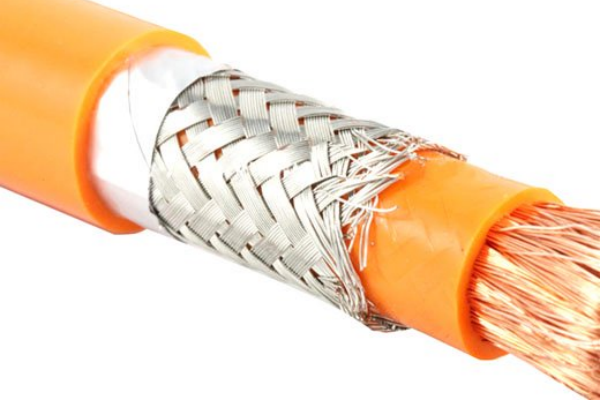Cable shielding plays an essential role in modern cabling systems, especially to ensure signal stability and protect the system from interference. This article comprehensively presents the functions, the types, the choice of materials and applications of cable shielding, to help readers better understand its importance.
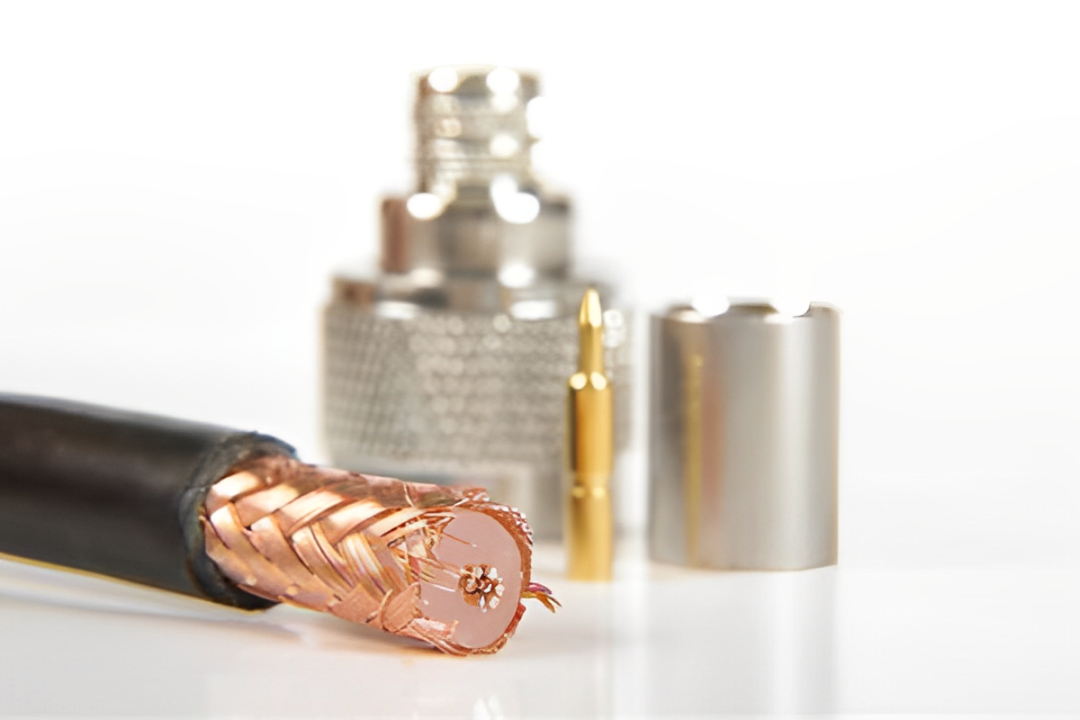
The basic functions of cable shielding
The main function of cable shielding is to prevent electromagnetic interference (EMI) and radio frequency interference (RFI). In complex electrical environments, electric and magnetic fields generated by various equipment and systems can disrupt signal transmission. Shielding effectively blocks this interference, thus ensuring stable transmission. What's more, the cables themselves emit electromagnetic waves outwards. Shielding prevents this interference from spreading, thus protecting other nearby equipment.
Types of cable shielding
Cable shielding comes in several forms depending on needs and applications. Here are the most common types of shielding :
Braided shield
Material : usually made of copper wire or braided aluminum.
Features : great flexibility and durability. It offers good resistance to EMI and RFI. Used in various environments for electrical transmission cables and communication.
Benefits : high strength, excellent interference protection and mechanical cable protection.
Foil shielding
Material : aluminum or copper foil.
Features : provides complete protection, particularly effective against high frequency interference.
Benefits : light, economic, suitable for high frequency signal transmissions.
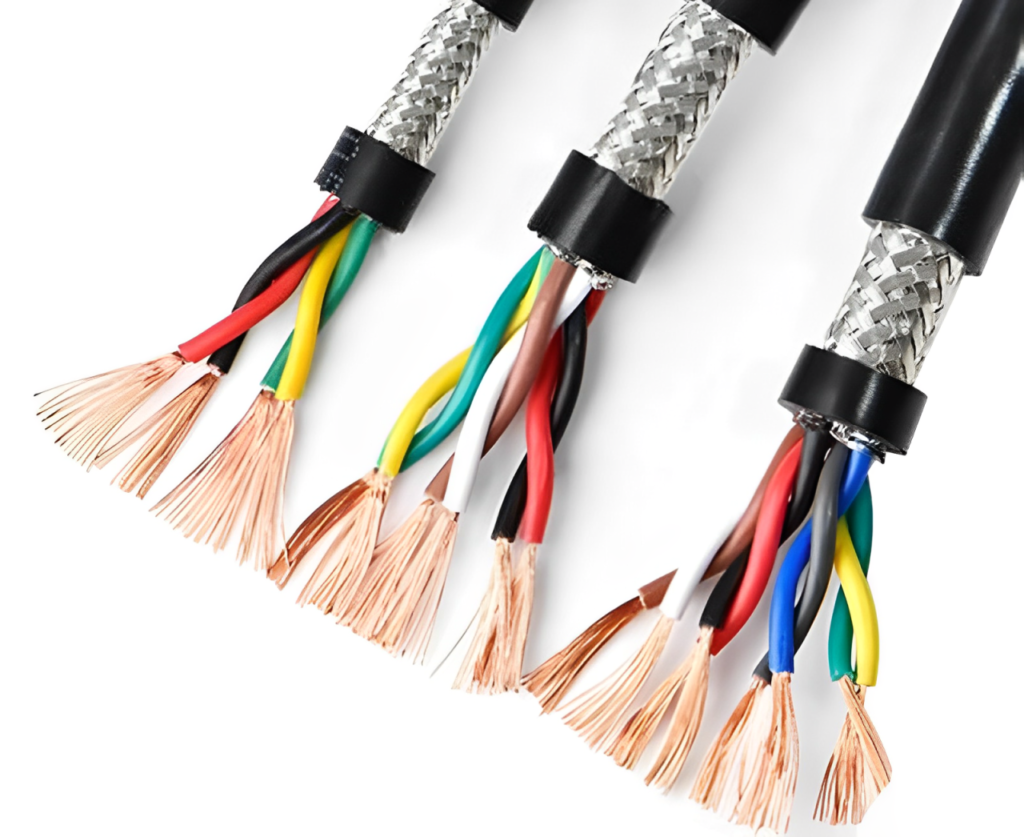
Combined shielding
Material : combination of braided and foil shielding techniques.
Features : combines the robustness of the braiding and the efficiency of the sheet.
Benefits : offers effective shielding while reinforcing mechanical resistance and cable flexibility. Suitable for complex applications.
Composite metal shielding (leaf and braid)
Material : metal foil inside, braiding on the outside.
Features : double layer of protection against interference at different frequencies.
Benefits : offers complete protection, while improving the strength and durability of the cable.
Conductive plastic shield
Material : conductive plastic or conductive rubber.
Features : suitable for applications requiring lightweight, highly flexible cables.
Benefits : excellent protection against electromagnetic interference, great flexibility, ideal for dynamic applications.
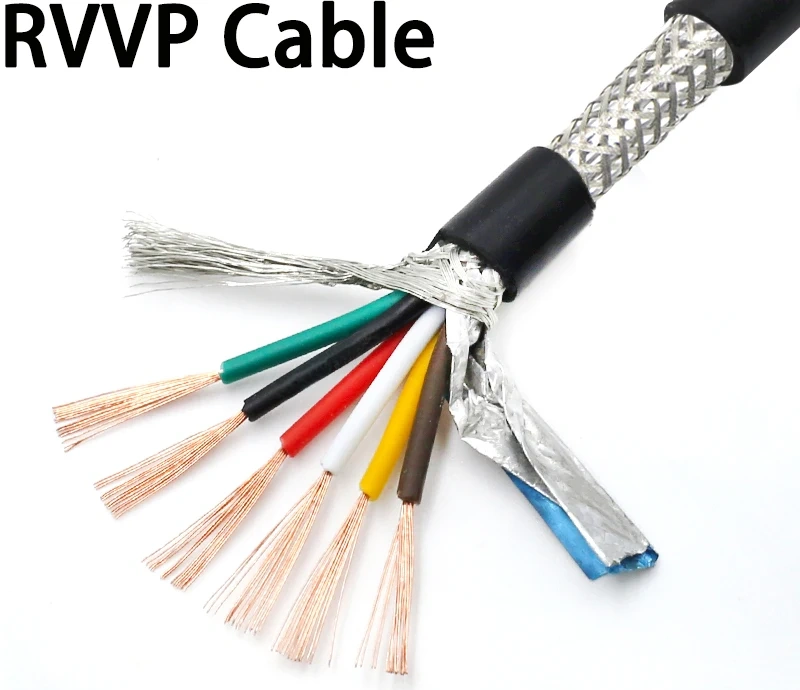
Choice of shielding materials
The choice of shielding material is crucial to cable performance. The most common materials are copper and aluminum.
Copper offers excellent conductivity and good corrosion resistance, but it is more expensive. It is often used for demanding applications.
L’aluminium, lighter and cheaper, is favored in many projects, particularly for its performance in the transmission of high frequency signals.
In certain specific environments, such as marine or high temperature environments, the shielding material must also offer resistance to corrosion and heat. Cable manufacturers must therefore choose materials based on the specific needs of each application.
The importance of shielding in different applications
In various fields of application, shielding plays a crucial role.
Industrial automation : Shielding protects complex automation systems from external interference, ensuring smooth operation of production processes.
Communication systems : In communication cables, shielding ensures the integrity of the transmitted data, preventing outside interference from affecting the quality of information.
Energy transmission : In high voltage cables, the shielding not only protects the cable from interference, but also prevents electromagnetic emissions from disturbing surrounding equipment.
The advantages of ZMS shielded cables
As a professional cable manufacturer, ZMS offers shielded cables with the following advantages :
Top quality materials : ZMS uses high-quality pure copper and aluminum foil as shielding materials, ensuring long life and stable performance.
Precise design : ZMS cable shielding is designed with precise calculations, providing excellent protection against interference, suitable for varied and complex applications.
High reliability : ZMS shielded cables excel in high frequency and harsh environments, suitable for various industrial and communications applications.
Personalization service : ZMS Cable offers tailor-made shielding solutions, responding to specific customer needs to ensure the best performance in each project.
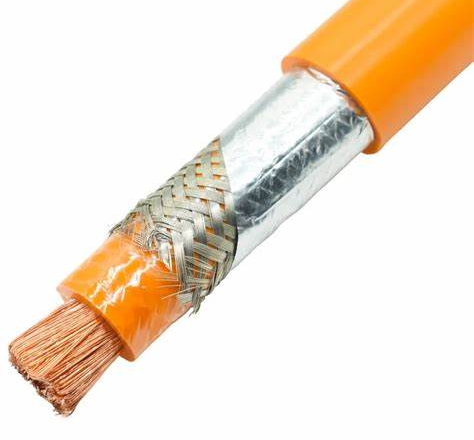
Impact of shielding on cable design and manufacturing
Shield design not only influences the cable's ability to resist interference, but also its overall structure. The thickness of the armor, braid density and leaf integrity affect diameter, the weight and flexibility of the cable. During manufacturing, ensuring perfect uniformity and integrity of the shielding is an essential technical requirement. This ensures the long-term stability and ability of the cable to resist interference.
Detection and maintenance of cable shielding
Over time, the shielding can wear out or age, making regular detection and maintenance essential to ensure its performance.
Detection methods : Resistance tests or high frequency signal tests verify the integrity of the shielding.
Maintenance tips : It is advisable to regularly check the external appearance and electrical performance of the cable to prevent the shielding from becoming defective due to environmental factors..
Future Trends in Cable Shielding
With technological evolution, Armor materials and designs continue to advance. In the future, armor could adopt lighter, more durable materials, while integrating more ecological solutions. What's more, shielding technologies are evolving towards more efficient and economical solutions, with the objective of maximizing performance while minimizing environmental impact.
Conclusion
Cable shielding is essential in modern cable design, especially for the transmission of high frequency signals and in environments with strong interference. Thanks to high quality materials and precise design, ZMS manufactures reliable and high-performance shielded cables, thus becoming a preferred choice in many sectors. With technological progress, cable shielding will have even greater development potential, offering innovative solutions for various applications.

